Every racer – amateur or pro – has a limited amount of track time that he or she must maximize. No matter how much time it looks like on the schedule, it’s never enough to try every line, test braking points and adjust car setup. So track time missed due to repairs or maintenance can be huge, and also the difference between a great race weekend and one a racer would rather forget. One of the keys to maximizing track time is organization.
“As a club racer, or if you’re going to track days and things like that, you’re spending a proportionally large amount of money for a limited time on track. Maximizing the time that you’re able to spend on track makes the weekend more fun,” says Andris Laivins, team manager for CJ Wilson Racing and owner of Laivins Race Cars in Austin. “When you get to the track and you’re late for a session because things aren’t ready or prepared, you end up not having a good time. If you’re organized, prepared and have a plan, you get to use all the time out on track that you’ve paid for.”
That organization begins before a racer leaves for the track. Having the trailer properly organized means less time hunting for parts and tools later.
“The typical club racer uses up all the time they have before a race weekend working on the car, and then when it’s time to leave, everything gets thrown into crates and stuffed into the trailer. The biggest thing is compartmentalizing. If you have a bunch of parts for transmissions, make sure they’re organized in one bin of transmission parts only. And don’t mix things together, so when you’re in a hurry and you need to find something, it’s all in one place.
“Same with tools and toolboxes,” he adds.“ We have sets of tools that only go the racetrack, so we don’t lose stuff in the shop and it’s missing when we get to the track. The tools that we take to the track just stay in the trailer. They’re always as organized as they can be. It’s very easy to leave stuff behind when you’re taking things in and out of the trailer.”
Laivins acknowledges that leaving a set of tools in the trailer may not be practical for many club racers due to both expense and security reasons. So keeping things in an organized, labeled toolbox that the racer can pick up and put on the trailer will go a long way to making sure things aren’t left behind.
Lists and spreadsheets can help in keeping track of things, but they aren’t as necessary as one might think. While the CJ Wilson team keeps an inventory of everything on the trailer, the list of things that actually gets checked before each outing is much smaller. Spare parts are replaced when they’re used; but the consumables are important to check each time the truck leaves the shop – oil, paper towels, food and drink…the things that make the weekend a little easier.
Being organized is just one more way to get the most out of any race weekend. Knowing what’s in your trailer – and where it is in the trailer – can prevent late night trips to the auto parts store and get a racer up and running again that much quicker.

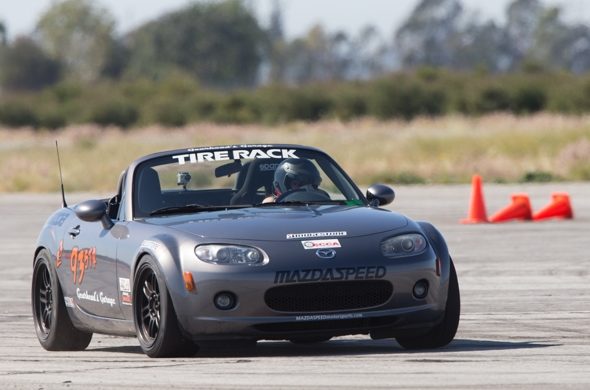
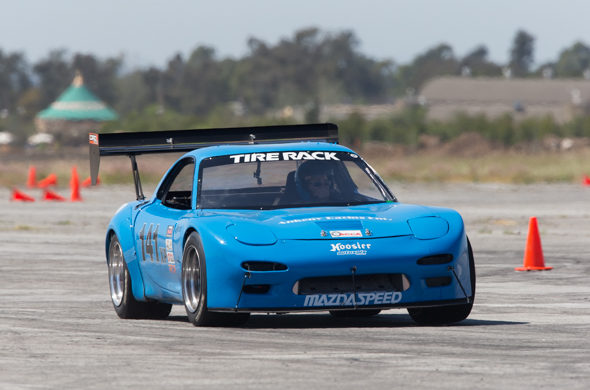
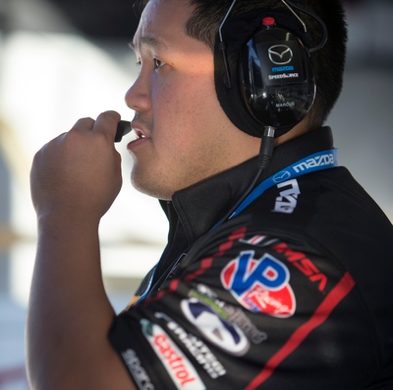
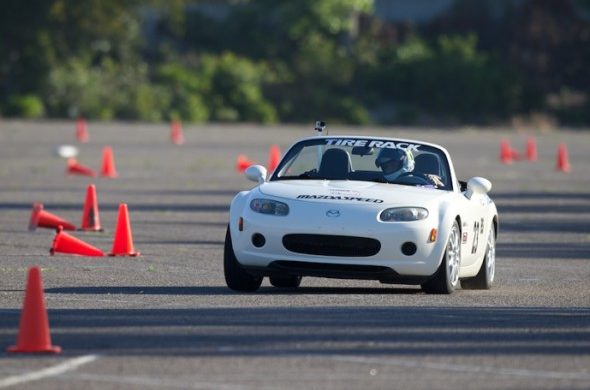
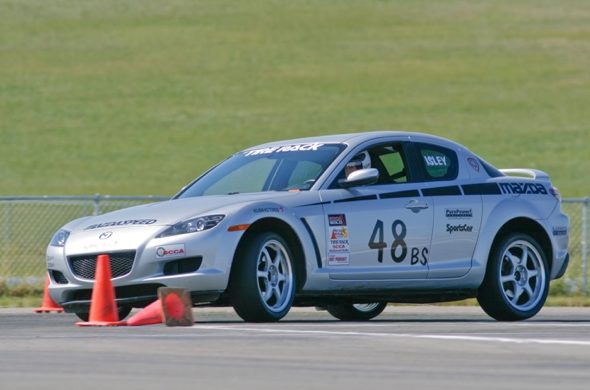
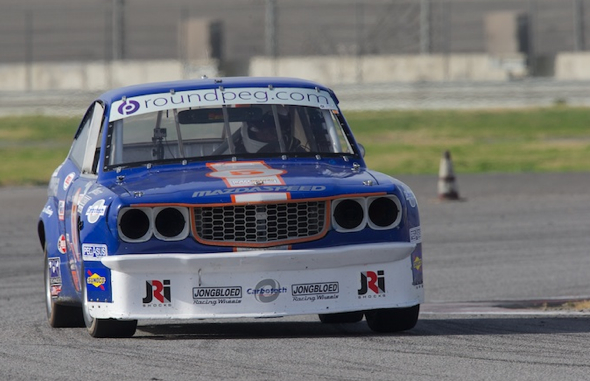
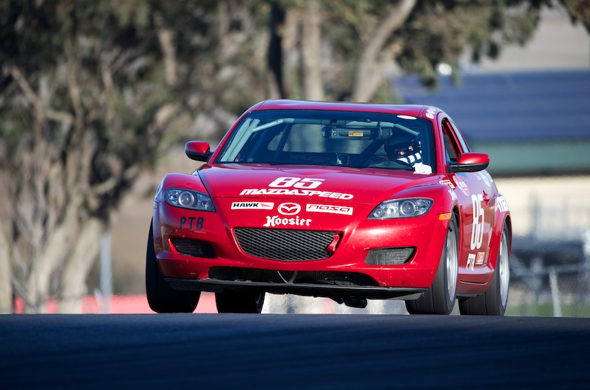
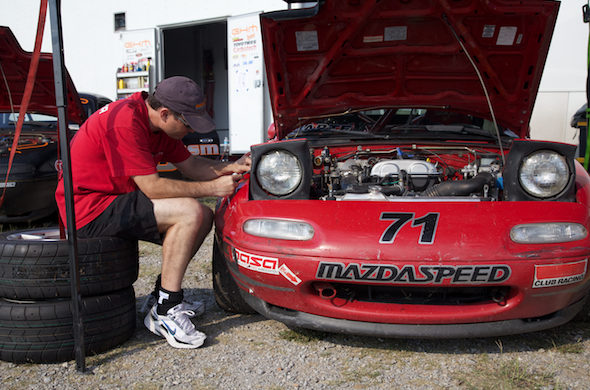
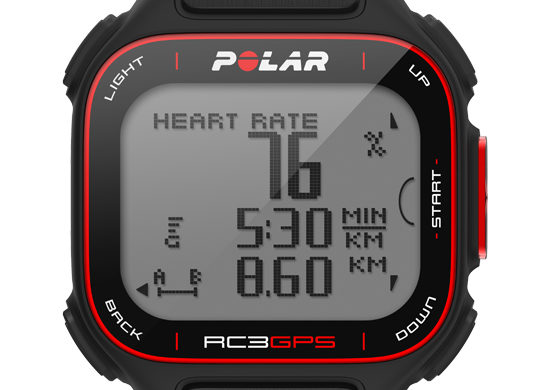
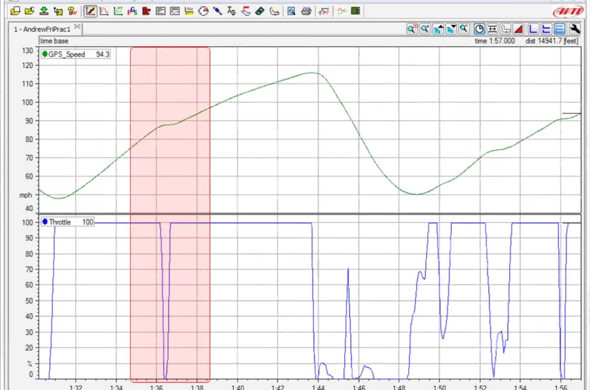
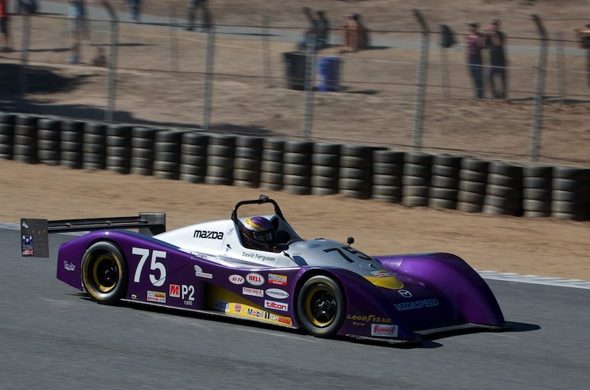
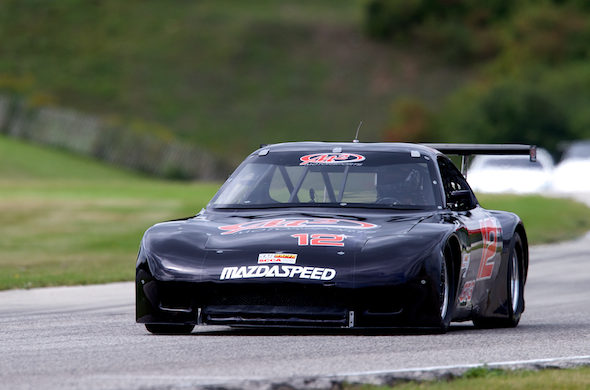

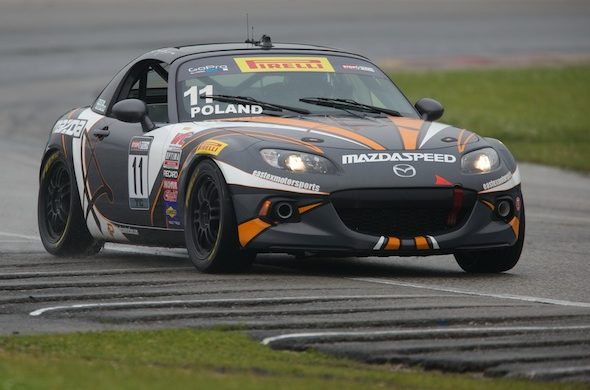
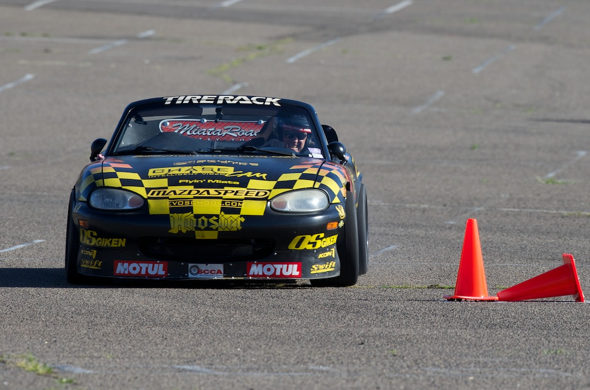
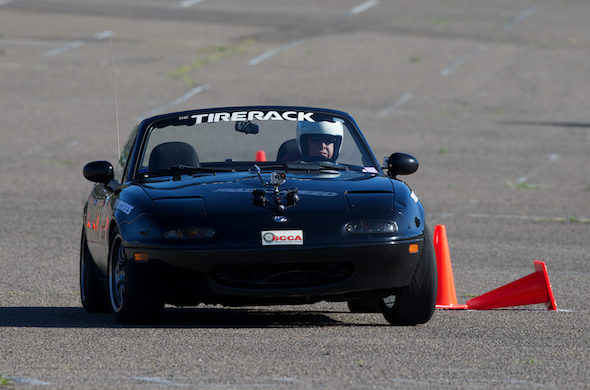
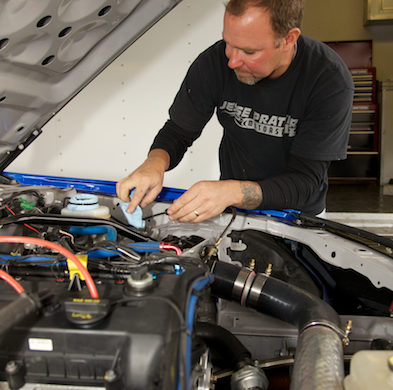
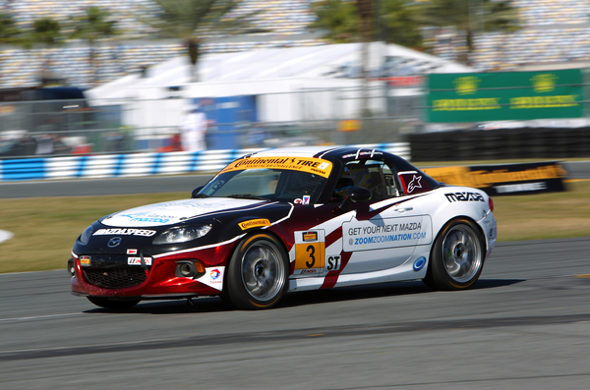
 ACCESSIBILITY
ACCESSIBILITY